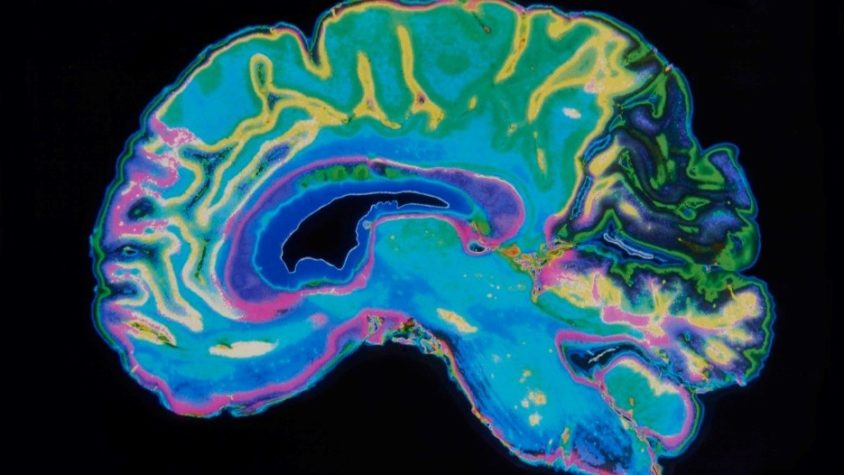By Jenny T Bagen, MS, PMHNP-BC There is growing controversy about the prescription of Stimulants for Adults 40 and over by Pharmacists, and medical and psychiatric providers. There is apprehension about prescribing controlled substances risk for patient abuse, and lack of awareness about the Neuroch...
By Jenny T Bagen, MS, PMHNP-BC
There is growing controversy about the prescription of Stimulants for Adults 40 and over by Pharmacists, and medical and psychiatric providers.
There is apprehension about prescribing controlled substances risk for patient abuse, and lack of awareness about the Neurochemical decline in the aging population which leads to or compounds a preexisting ADD (Attention Deficit Disorder). This is not ADHD (Attention Deficit Hyperactivity Disorder).
It is often, that a patient who comes in seeking assistance, has done some research and finds that the profile of symptoms for ADD is what appears to be what is happening to them. These include problems with motivation, energy, focus, concentration, initiative, procrastination, memory, creativity and vitality. They often present to their Primary Medical Provider first, who sends them off to a Psychiatric Provider. They are often left with discouragement, inappropriate and costly prescription of medications ineffective for accommodating the problem, and are labeled “a drug seeker”.
In a changing world where people are living longer, the aging adult continues to pursue employment beyond traditional retirement, exploration of further education, reinvention of themselves. They are continuing to expand their creative potential to the fullest, all to maintain vitality, maintain zest for living and optimal functioning. The need to be a productive individual in society.
The aging adult may or may not have experienced symptoms of ADD from childhood, may or may not have been treated, and may or may not have learned to cope with the deficits of Neurochemical imbalance. Parents were reluctant to use medications for ADD. The individual was deemed by teachers to be “never going to set the world on fire”, and were often classified as learning disabled, further impacting an already compromised self esteem, and not challenged intellectually. As a result of the aging process, especially around the time that both men and women begin to experience the natural decline of hormones in their early 40’s, primarily Estrogen and Testosterone. They experience a compounded deficit of decline in memory, cognition, motivation , energy, focus and concentration.
What usually brings people in is the threat of losing their job, or having lost their job and finding themselves needing to return to school. They may also want to seek another path of employment, which proposes difficulty with the innate learning curve necessary to be competitive. Especially in a work environment where the older worker is no longer in demand. In simplistic terms, the Neurochemistry for “attention” requires the ability of the excitatory Neuro chemical Dopamine and Norepinephrine to connect to the receptors in the Frontal Lobe, which is the Executive Center of the Brain.
Stimulant Medications facilitate parts of the brain in the Central Nervous System (emotional center of the brain) to produce or transport sufficient Dopamine to Dopamine Receptors, “lock and key,” either by direct stimulation of primarily the Substantia Nigra, and stimulation of the Locus Coeruleus to produce Norepinephrine, which is up regulated or leads to Dopamine in the brain. Both are essential in attentiveness. Ongoing research into both Alzheimer’s and Parkinson’s indicate that neuronal loss of both Norepinephrine and Dopamine have been implicated in these diseases. Therefore, the replenishing and transport of these essential neurochemicals impacts the treatment plan two fold: acute intervention and preventative long term intervention.
The purpose of this brief introduction to “Adult Related Attention Deficit Disorder” is to change our Clinical Paradigm and way of thinking in the prescription of stimulant medication to the aging population. An approach that requires prudence in screening with a thorough Neuro/Psych evaluation, testing for ADD symptoms with clinically significant testing tools. These test tools include blood work and EKG preliminarily to assure no underlying medical factors predisposing patient symptoms, establishment of a medication prescription threshold that precludes the risk for addiction, close monitoring and follow up, toxicology screening as necessary, and a treatment plan that is well intended and in the best interests of our patients.

